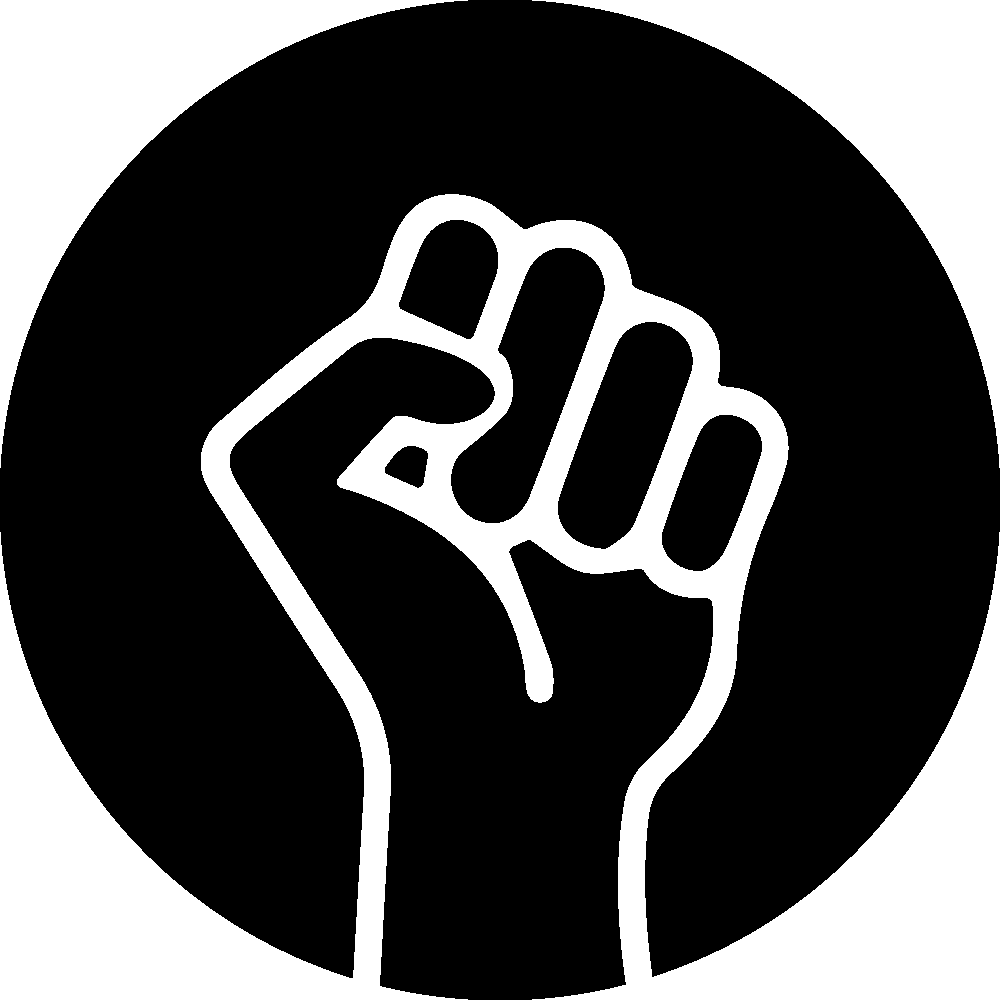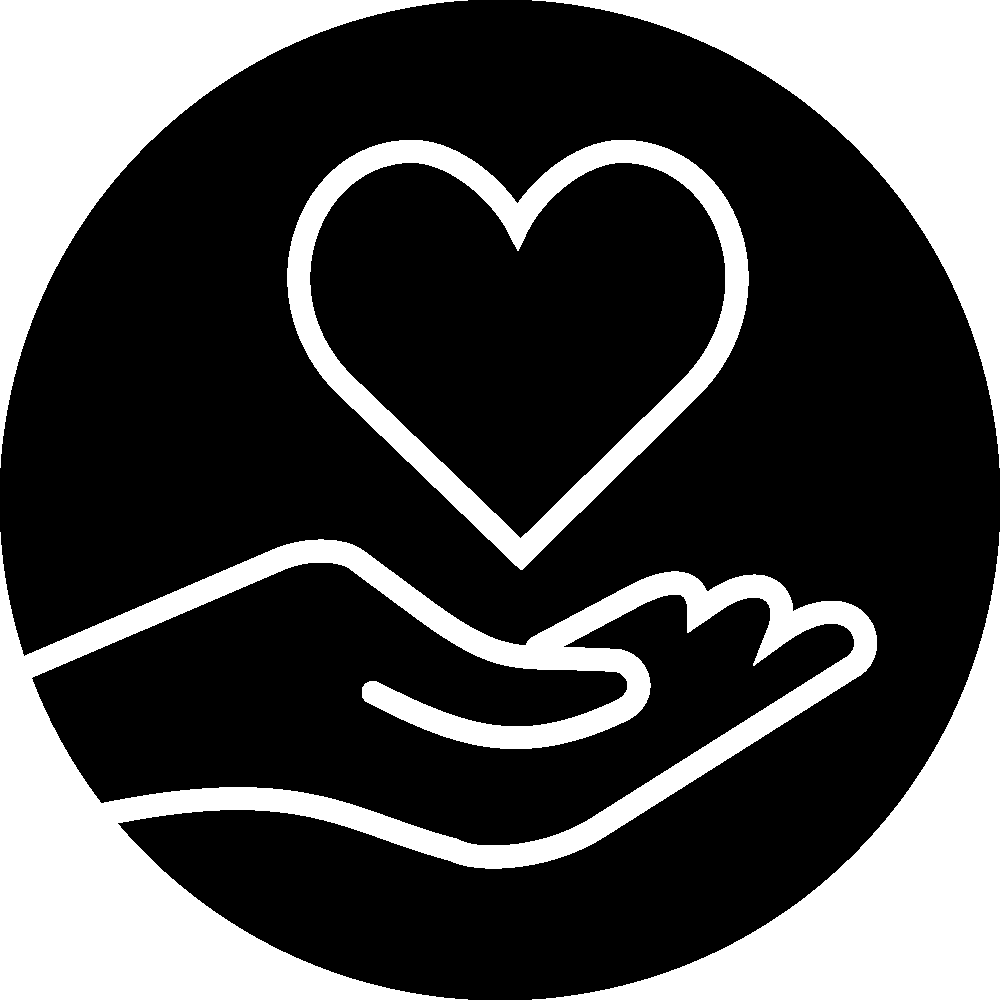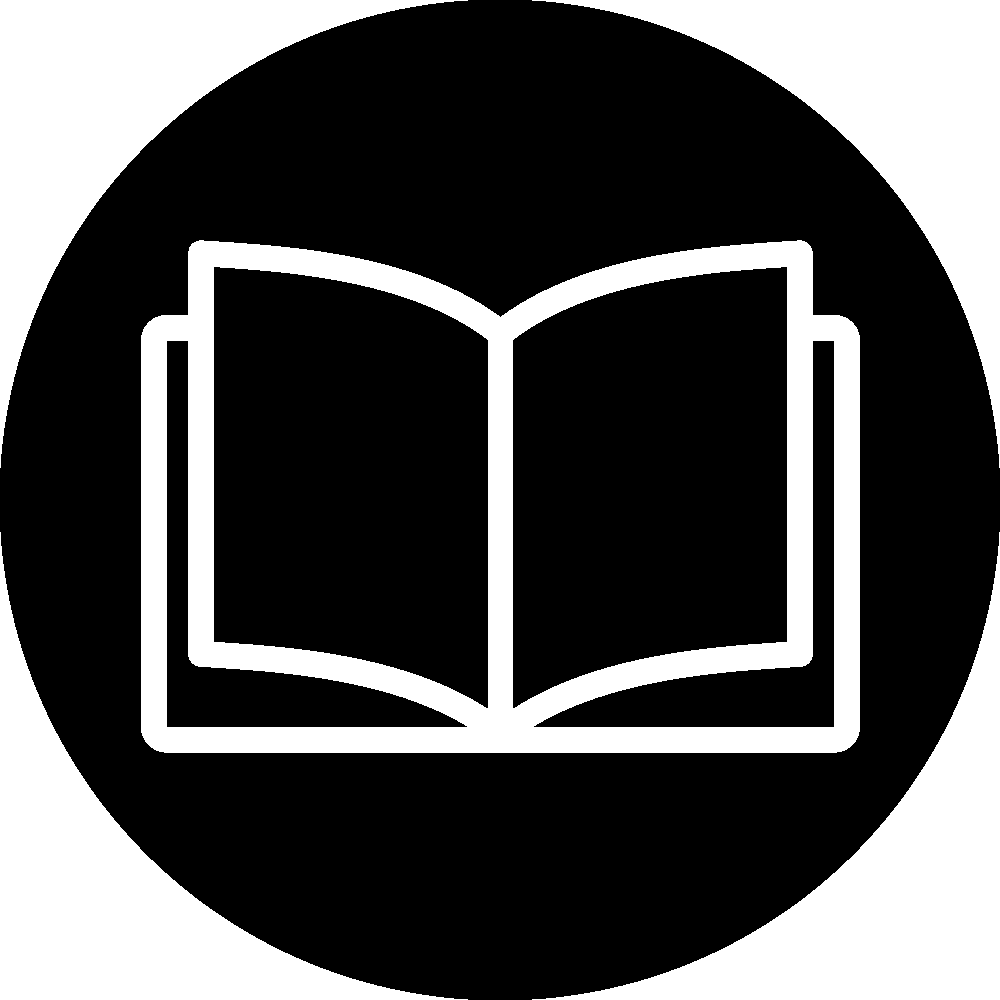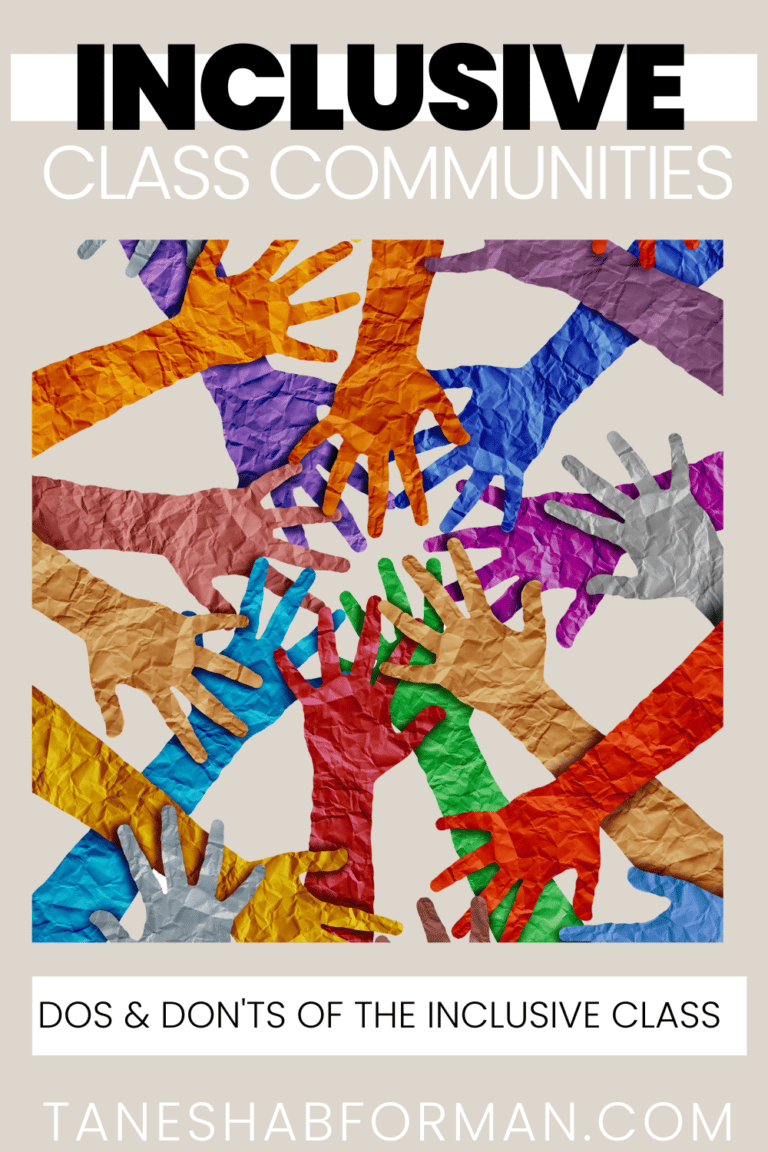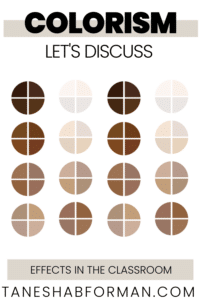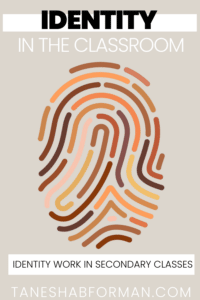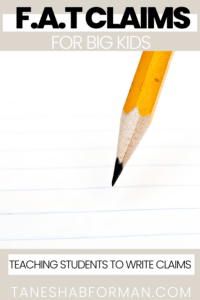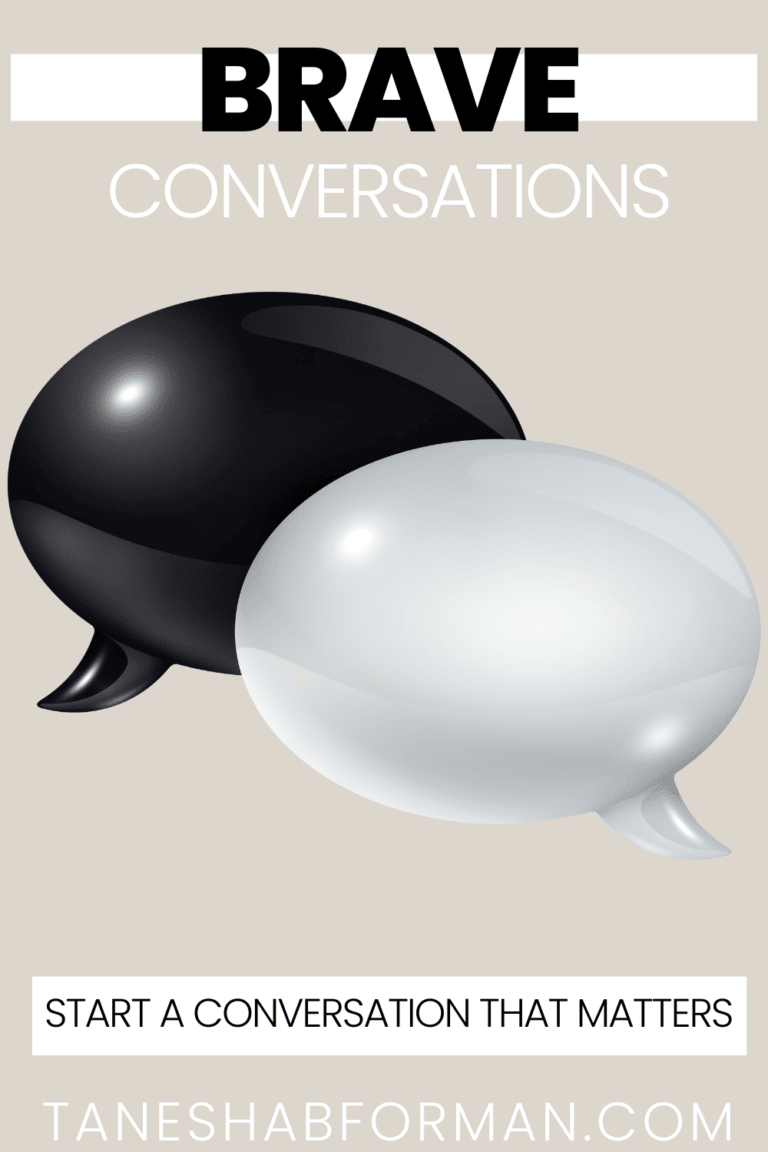
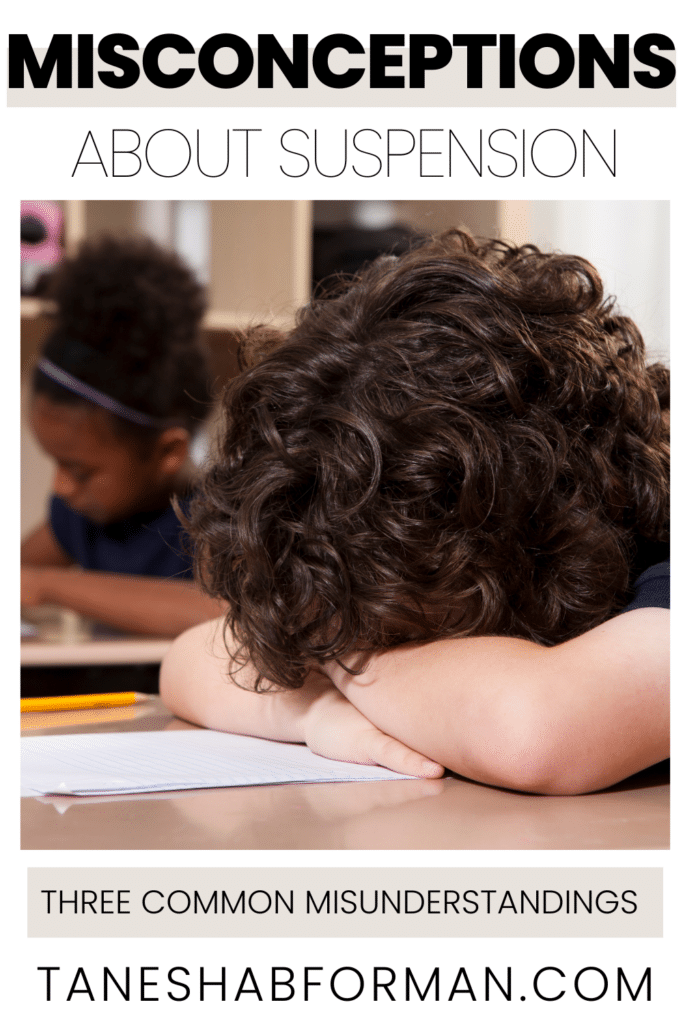
Misconceptions about Suspension
Brought this over from Instagram. It’s a truly personal post that reflect my thoughts as a first year principal.
As a principal, one of the most significant responsibilities I have is determining consequences for student choices in the school community. It’s complex and weighs on me. I knew the statistics on the racial disparities in school discipline and the disproportionate number of students receiving special services and students of color being suspended. I will admit to being naive about difficult this would be – especially in a global pandemic. I have done my best and there’s still so much to be done to support students. After 100 days on the job, I can say with certainty that suspension is NOT even a band-aid solution. It solves nothing. It pushes students out, in particular Black and Brown students, and does nothing to address the underlying causes and needs of students.
I am not trying to shame anyone because I am in it and feel how real the need for solutions is. My school Network has detailed guidance on suspension, and we are required to consult with a team before issuing certain types of out-of-school suspensions, AND it’s still extremely complicated. There are some infractions that automatically lead to suspension and require layered support that unfortunately, many schools don’t have the capacity to provide.
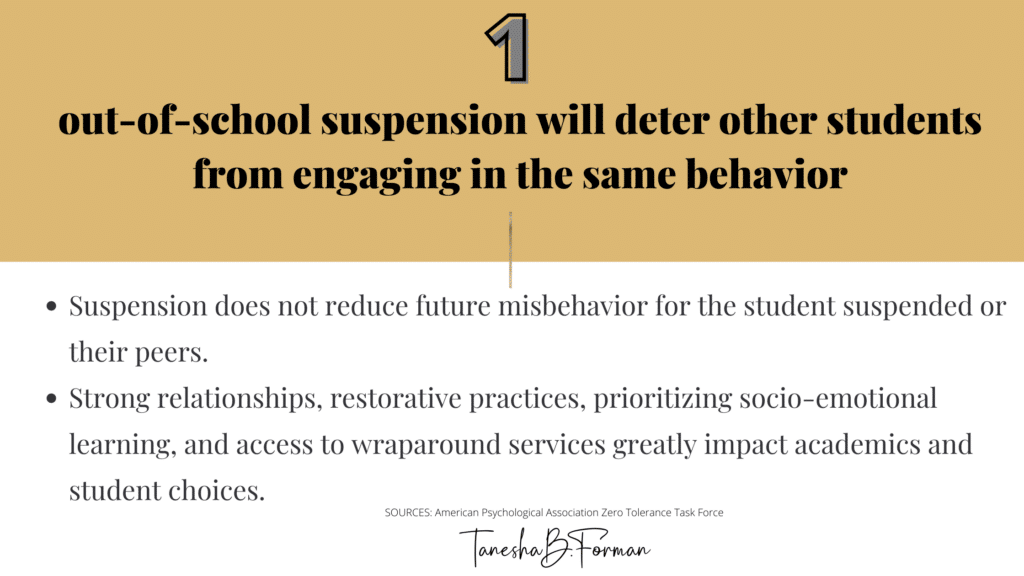
Using suspension to make an “example” out of a student is demeaning and not geared at helping the student who violated the code of conduct. When suspending, the focus should be on students’ choices and determining a fair consequence. Considering other factors (e.g, community perception) opens the door for the student to be punished for something they have no control over.
Unfortunately, this year in my school community, there have been several suspensions for similar behaviors. That is part of why I started to hold up a mirror to the work and decisions I was making. Leveraging suspensions without restorative conversations and work was not effective in replacing undesired choices with students. I could argue suspension had the opposite effect in my school community. Students seemed undeterred with the possibility of suspension, and in some cases would return to school and engage in the same or similar behaviors.
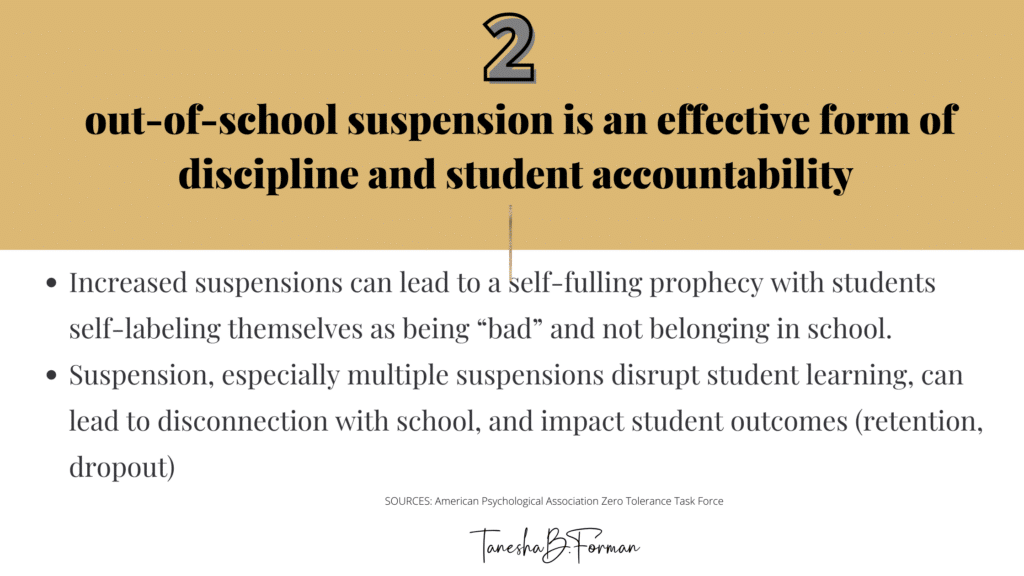
Excluding students from school impacts children. As this happens, kids start believing they don’t belong, which impacts their desire to learn and engage with school. Out-of-school suspension impacts Black and Brown students at higher rates in terms of racial equity. Research proves the correlation between out-of-school suspension and life outcomes, and the disparities by race. Monique Morris’s book Pushout: The Criminalization of Black Girls in Schools delves into the experiences of girls in school and how policies such as suspension force Black girls out of school.
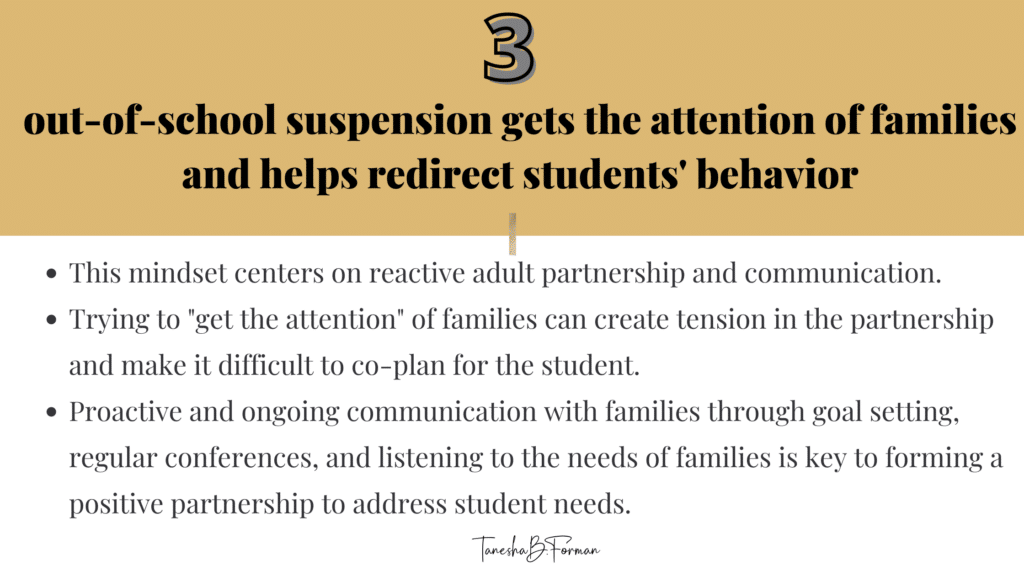
The bottom line is that we know there’s a very strong correlation between suspension rates and future incarceration. Many of us have experienced a range of behaviors from students whose lives were impacted due to the pandemic. There’s a need for therapists, social workers, counselors, and crisis support specialists (not to mention teachers) in schools. The reality is there’s also a shortage of all of the above. Right now, I am working with my dean of students on deepening our toolkit and doing a lot of proactive work to support students. What are other schools doing?

Love Tanesha Resources is a participant in the Amazon Services LLC Associates Program. If you click on an affiliate link, I may receive a small commission at not additional cost to you. You are not obligated to make your purchase using these links, but if you do, it supports my blog. All links shared are for tried and true resources. Thank you!

PIN FOR LATER!
JOIN THE COLLECTIVE
Sign up and access the FREE resources to support your Anti-Bias/Anti-Racism journey.

Tanesha B. Forman
I'm a current middle school administrator who loves breaking down complex topics and providing opportunities for educators learn, reflect, practice, and implement methods that foster equity and anti-racism. I believe we win together!
Behind the Blog


Hi, I'm Tanesha.
I’m a current middle school administrator who loves breaking down complex topics and providing opportunities for educators learn, reflect, practice, and implement methods that foster equity and anti-racism. I believe we win together!

